3D printing news to be Sliced today features: 3DFuel, Sculpteo, SLM Solutions, Metalysis, LPW Technology, Volkmann Inc, Perrier-Jouët, MIT and Tangible Media Group.
3DFuel launches HydroSupport material
North American material manufacturers, 3DFuel has developed a new water soluble filament material called HydroSupport. The company explains that though there are many other soluble filaments on the market, the HydroSupport material is not PVA and is reportedly easier to print with.
The non-toxic HydroSupport is intended to provide a better support material for 3D prints and one that does not require manual removal. The 500g spool is currently retailed at $64.99 and is available in 1.75 mm and 2.85 mm diameters.
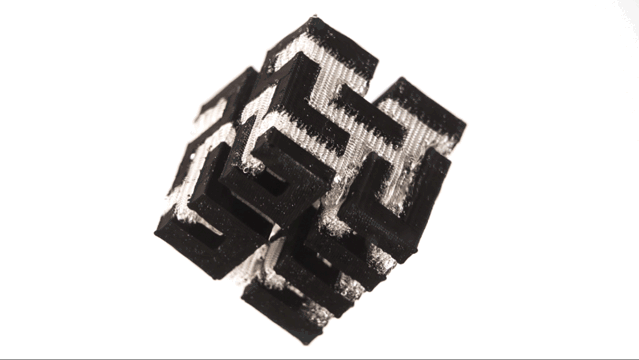
Sculpteo’s State of 3D Printing report
Sculpteo, an online 3D printing service platform, has released a new edition of its report on the ‘State of 3D printing’ in 2017.
The third annual report surveyed nearly 1000 people who were mostly “not Sculpteo clients, but professionals.”
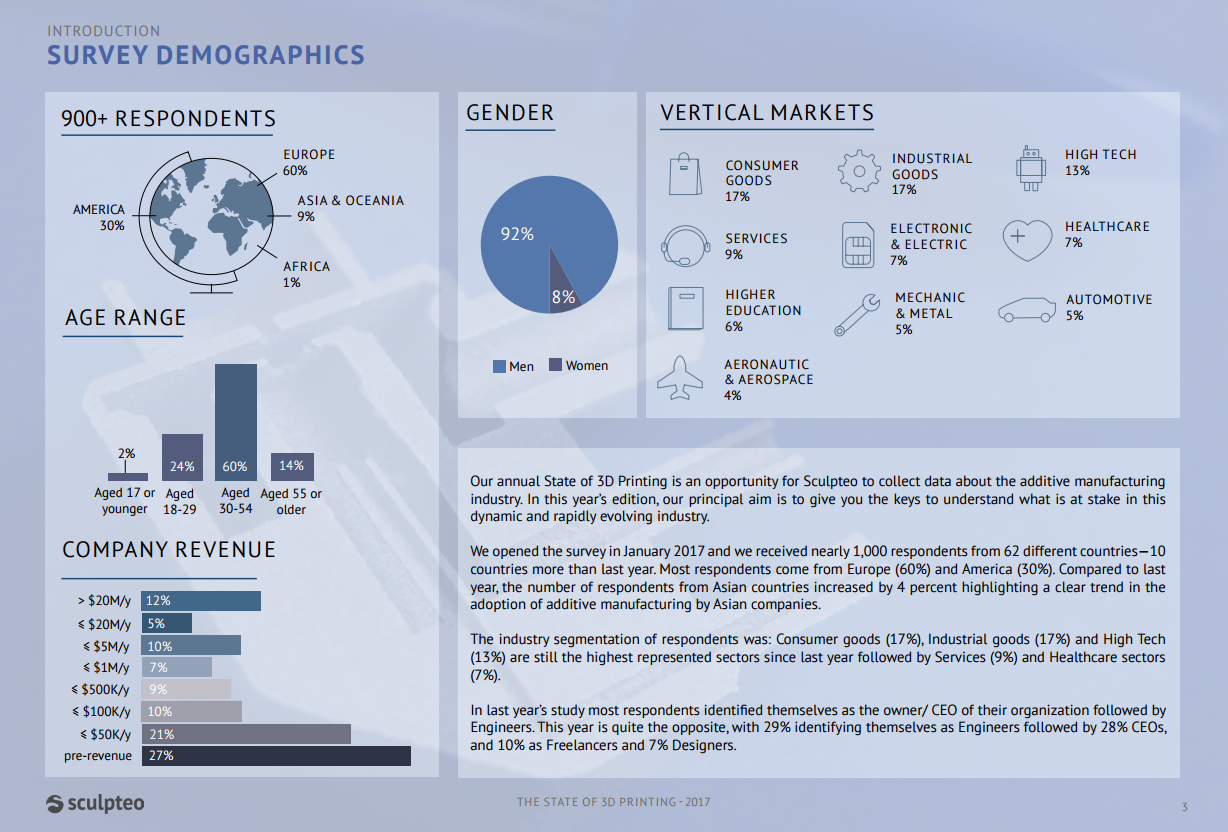
In the report, Sculpteo goes into detail on the respondents’ use of 3D printing, including types of material used and technologies. Interestingly, the use of SLA 3D printing has nearly doubled in the last year from 14%to 25% with FDM also increasing in use with 36% respondents opposed to 31% last year. File sharing platform MyMiniFactory also launched a monthly report recently to demonstrate monthly 3D printing trends.
To read the report for yourself, you can download the document from Sculpteo’s website.

SLM Solutions’ global headquarters certification renewal
German metal 3D printer manufacturers, SLM Solutions, has announced its Global headquarters in Lubeck has renewed ISO 9001:2015 and ISO 14001:2015 certification.
Accompanying the HQ is SLM Solutions’ additive manufacturing production facility which will continue benefiting from the ISO certification. Certification of additive manufactured metal parts is an important factor in adoption of the technology and something many companies have become concerned with. The US Department of Defense has recently invested $2.7 million into a research consortium to develop certification processes.
CFO of SLM Solutions, and acting CEO, Uwe Bogershausen explain the importance of the ISO renewal, “we want to establish our commitment to delivering products that consistently meet customer requirements, as well as incorporate the best social and environmental responsibility into our operations.”
These ISO certifications reflect our core business value and allow us to offer our customers that assurance as well.
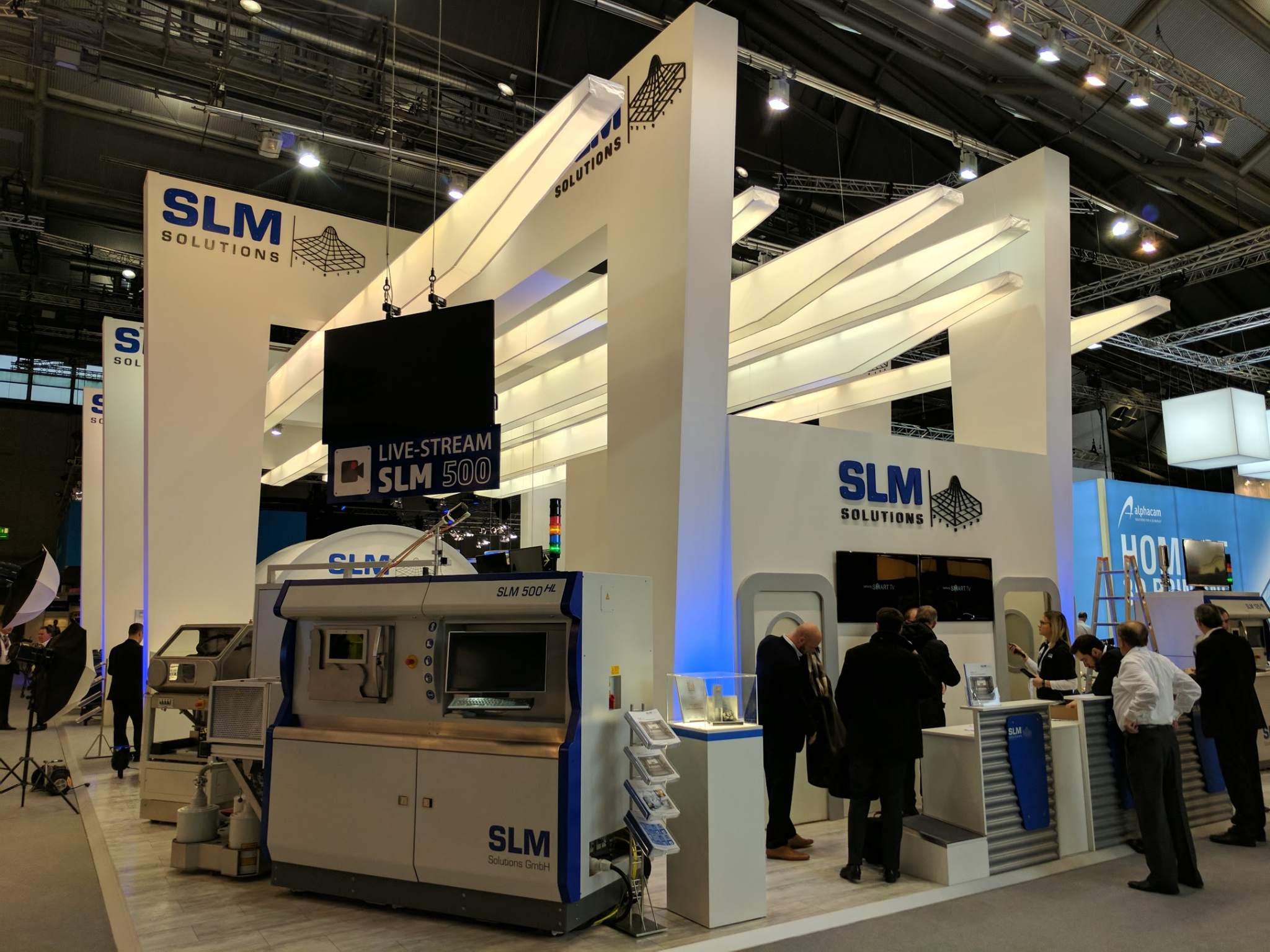
Metalysis sign agreement with Kazakhstan cluster fund
British metal powder manufacturer Metalysis has signed an agreement with Kazakhstan’s Autonomous Cluster Fund (Almaty Tech Garden) to “develop high value metals and alloys for additive manufacturing.”
As a result of the partnership, Metalysis will develop Kazakhstan’s additive manufacturing industry. Firstly the two companies will collaborate in an R&D programme at Metalysis’ newly opened Materials Discovery Centre in South Yorkshire, UK. Following this, the partners will explore the development of Kazakhstan’s AM industry at the Autonomous Cluster Fund’s Park of Innovative Technologies.
According to Metalysis, the Park of Innovative Technologies is the ‘Silicon Valley’ of Kazakhstan and the partnership will weigh up “opportunities for in-country production of metal alloy powders and printing commercial products using additive manufacturing techniques.” Metalysis has also recently entered a partnership for the production of scandium alloys.

LPW Technology releases latest laboratory services datasheet
In other metal powder related news, another British company LPW Technology has released its latest laboratory datasheet, ‘Quantitative shape analysis of metal powder samples by morphology.’
Quality Engineer at LPW, Lisa Holman, explains,
This datasheet explains the methodology of quantitative shape analysis and discusses the benefits of understanding powder morphology in the metal additive manufacturing process. The testing we undertake delivers a comprehensive set of results, giving an effective overview of the powder’s characteristics that adds assurance about condition and consistency.
Volkmann Inc looks to advance metal material handling
Volkmann Inc, the North American-based subsidiary of German company Volkmann GmbH has showcased its Additive Manufacturing Material Handling System (AMMHAS). The system is expected to enhance additive manufacturing by improving material handling processes
The AMMHAS system features pneumatic vacuum technology and allows material to be collected and reused.

Next Samsung Galaxy Note 8 3D printed
A Weibo user has created a 3D printed visualization of the upcoming Samsung Galaxy S8. The phone which has not yet been announced by Samsung has reportedly had its design leaked. Allowing for one individual to create and print a 3D imitation.

Bucket made of 3D printed wine grape skins
San Francisco-based designer Andrew Kudless has collaborated with French champagne company Perrier-Jouët to produce a 3D printed ice bucket made from grape skins. The waste product of wine making has been upcycled to create the bucket and invent a new purpose for the otherwise discarded grape skins.
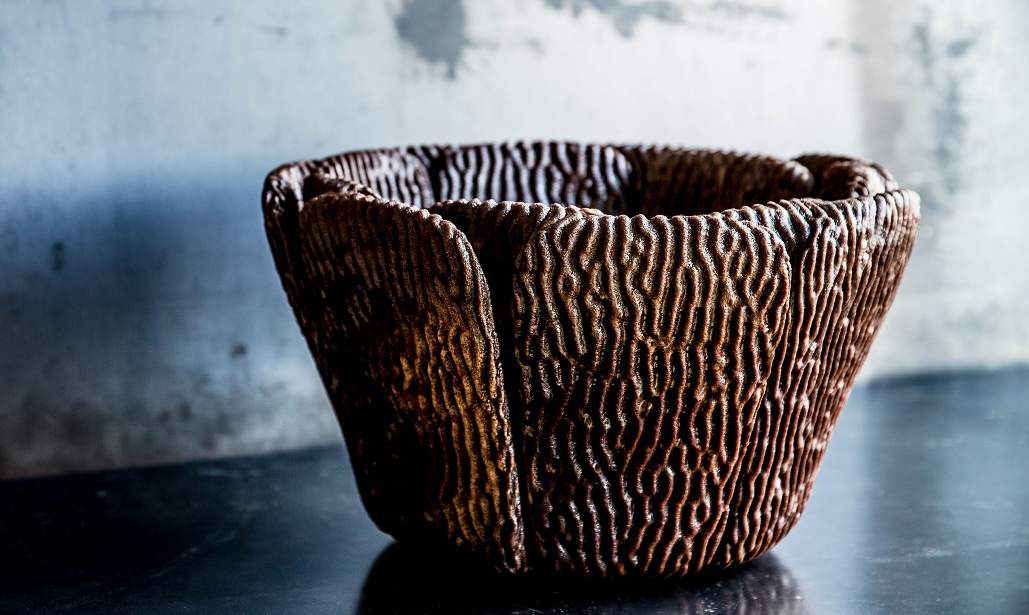
4D printed pasta?
Researchers at MIT’s Tangible Media Group have worked at creating pasta shapes that become three dimensional when dunked in water. The team used flat films of starch and gelatin which would transform into different 3D shapes when absorbing water. The research has been documented in a paper, titled ‘Shape-Changing Food Transforms from 2D to 3D by Water Interaction through Cooking’ and published online by the Association for Computing Machinery.
The 3D morphing shapes are functional too as the invention could reduce shipping costs and wasted space. Wen Wang, co-author on the paper and a former graduate student and research scientist at MIT’s Media Lab, explains,
We did some simple calculations, such as for macaroni pasta, and even if you pack it perfectly, you still will end up with 67 percent of the volume as air. We thought maybe in the future our shape-changing food could be packed flat and save space.
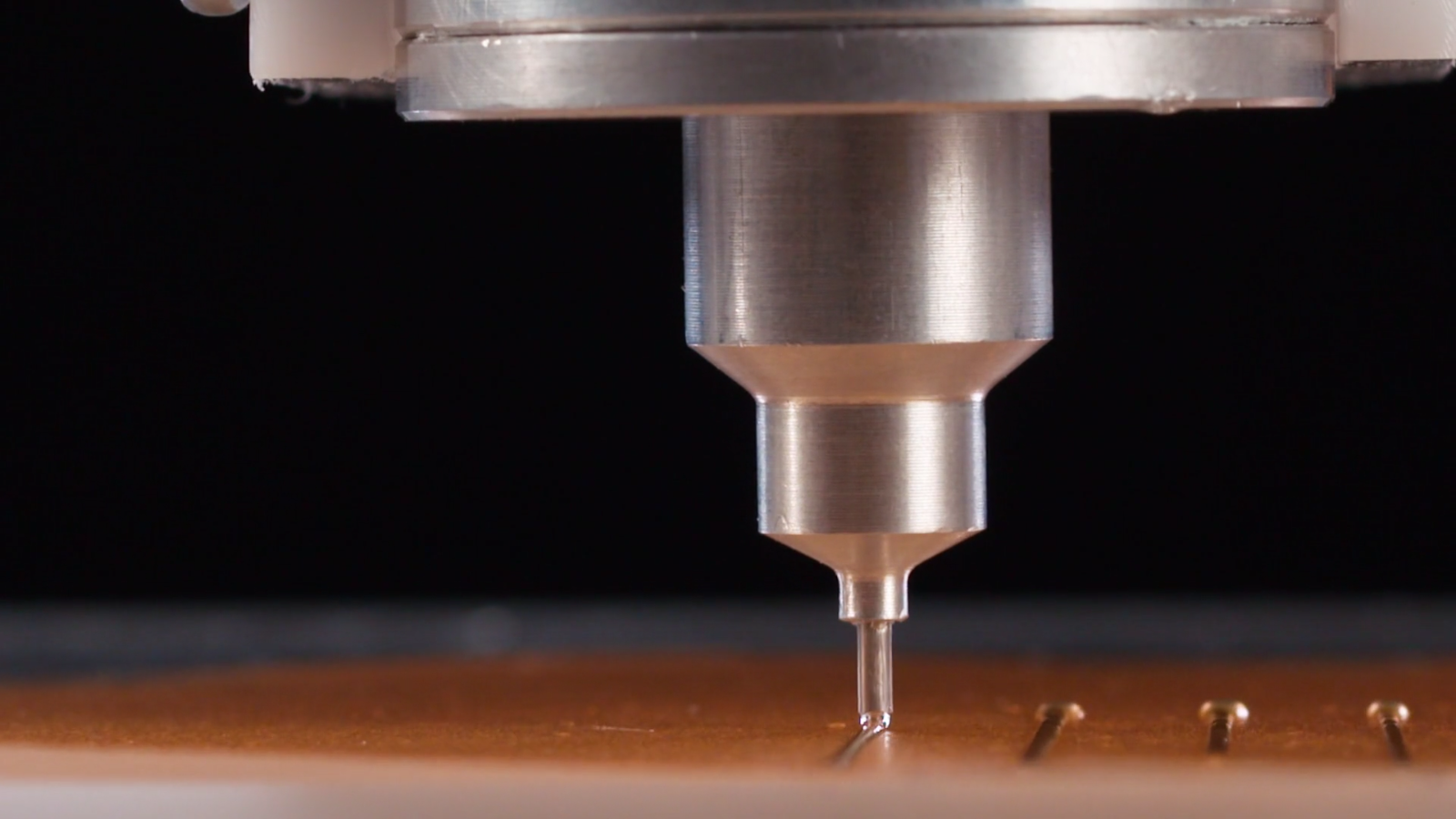
The process is enabled by a combination of two different densities of gelatin and cellulose. The two different layers of gelatin act in different ways due to their density, this means one side will curl having absorbed more water than the other. To add to this, the researchers 3D printed strips of edible cellulose. Cellulose does not naturally absorb large amounts of water which means the researchers could control the process by changing the layout of the cellulose.
Researchers have been exploring a number of different ways in which to create ‘4D printed’ objects – the idea of creating an object that will change in shape over time. 4D printing is an attractive proposition as it could improve shipping processes and mitigate the need to assemble parts. The notion of 4D printing was introduced by MIT’s Skylar Tibbits back in 2013. Since then, we have seen 4D printed tetrahedrons and research into the durability of a 4D printed bucky ball.
For all the latest 3D printing news, subscribe to our newsletter, follow us on twitter and like us on Facebook.
Featured image shows the Sliced logo over an image of the 3D pasta shapes. Photo via Michael Indresano Production/MIT.


